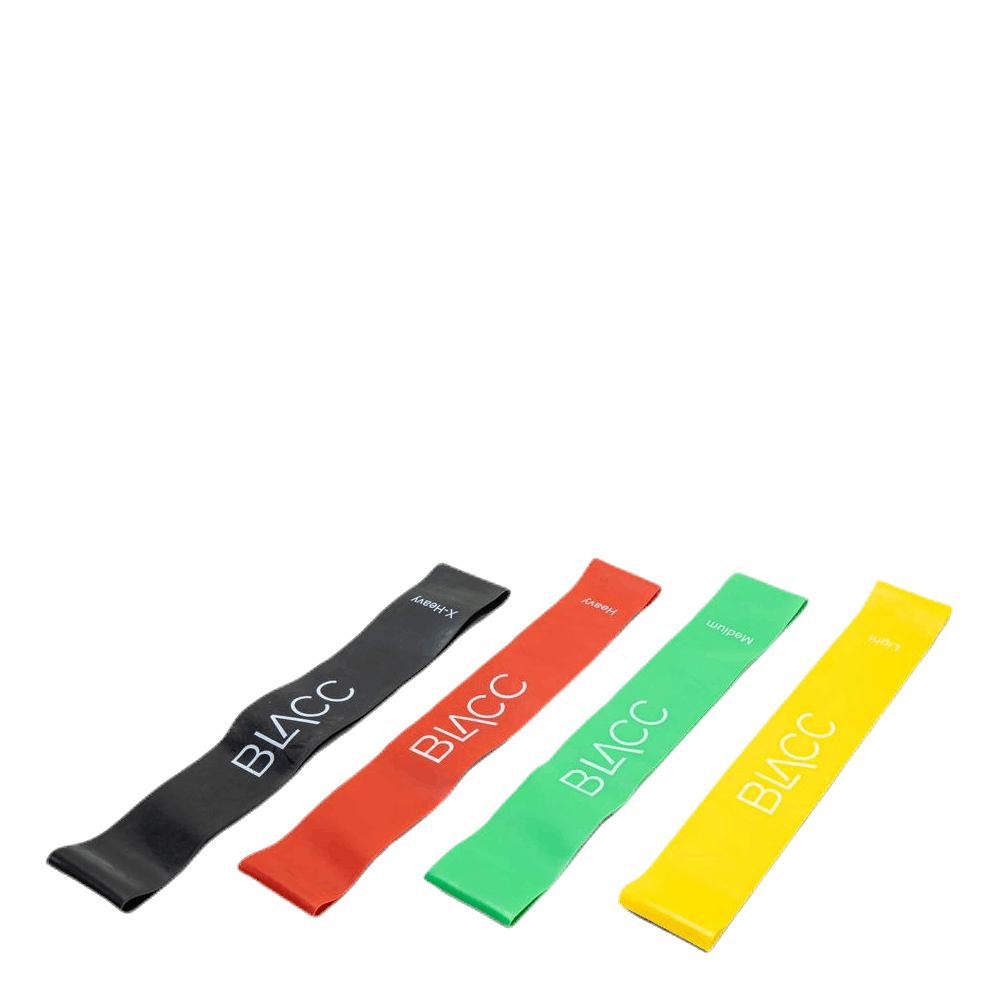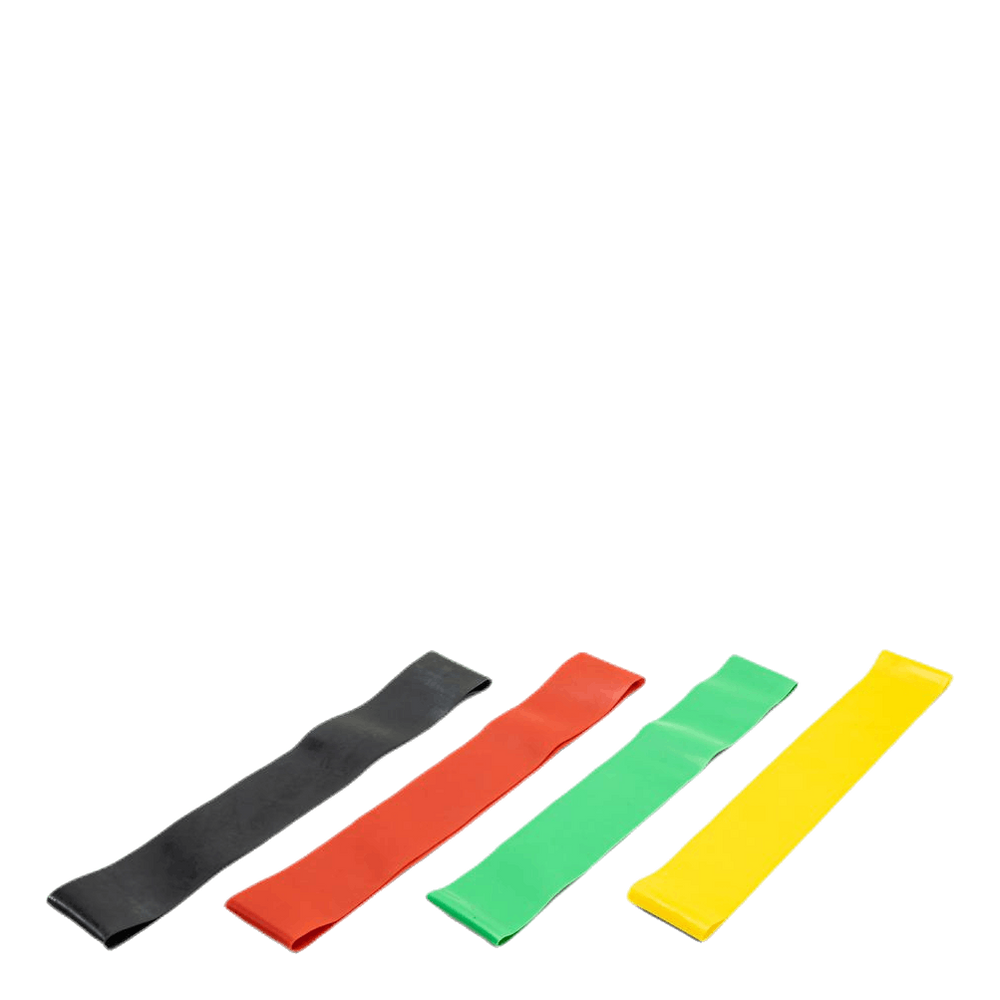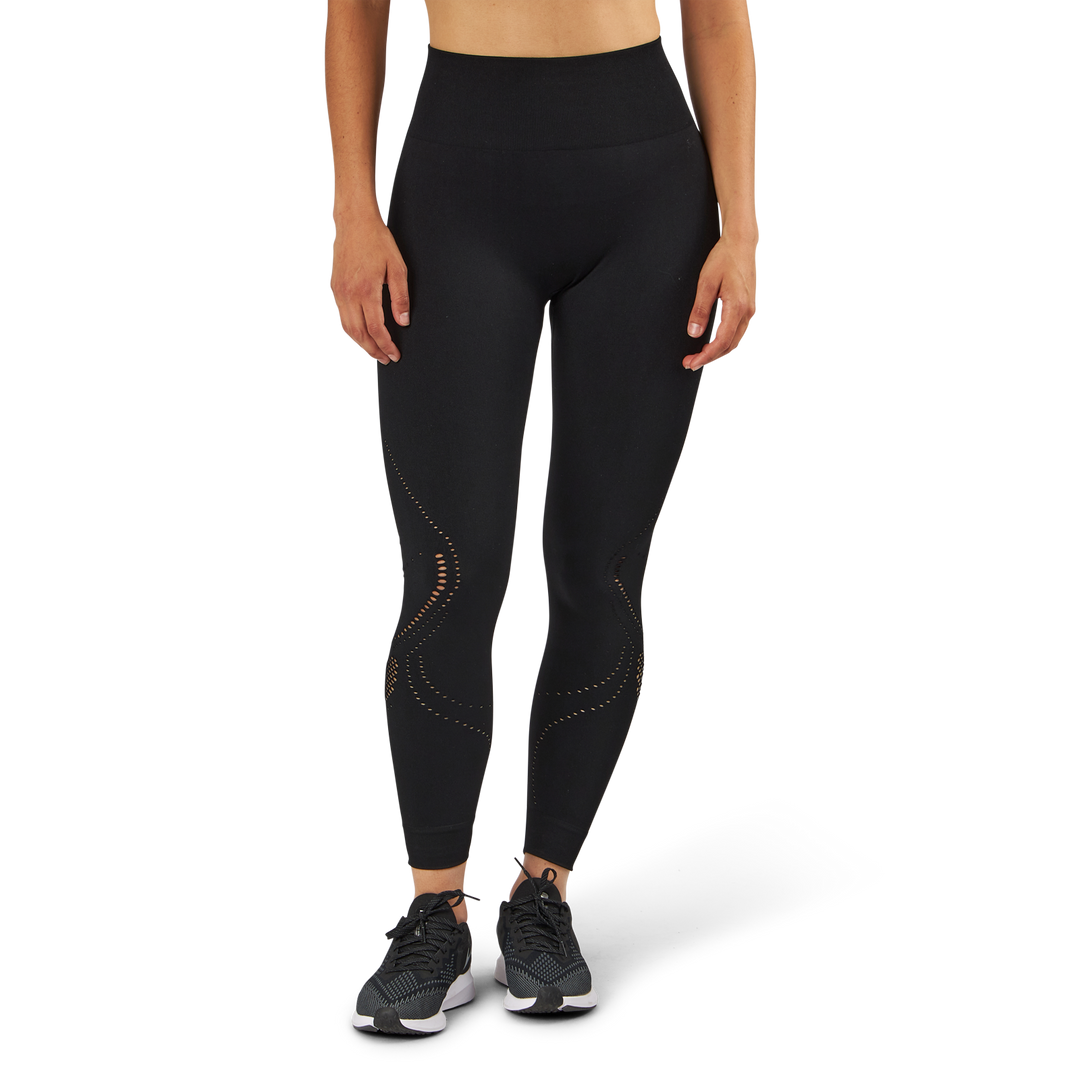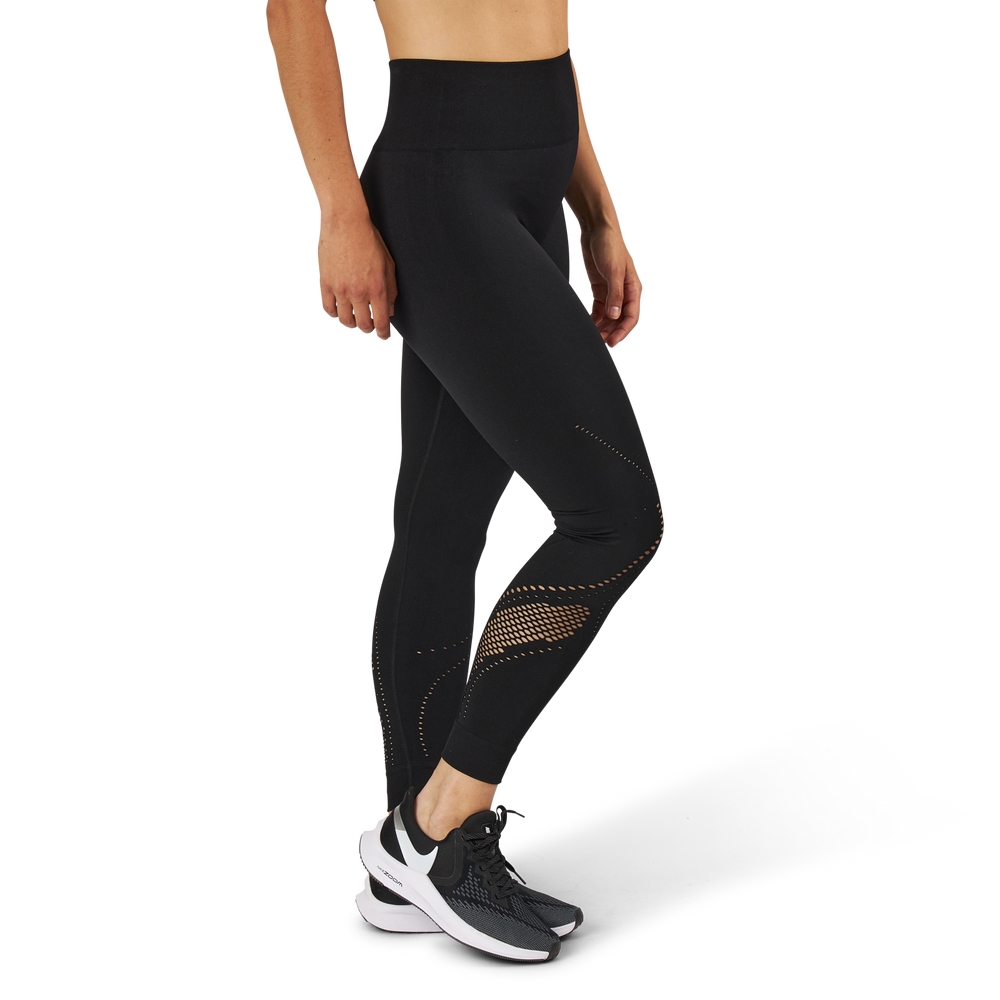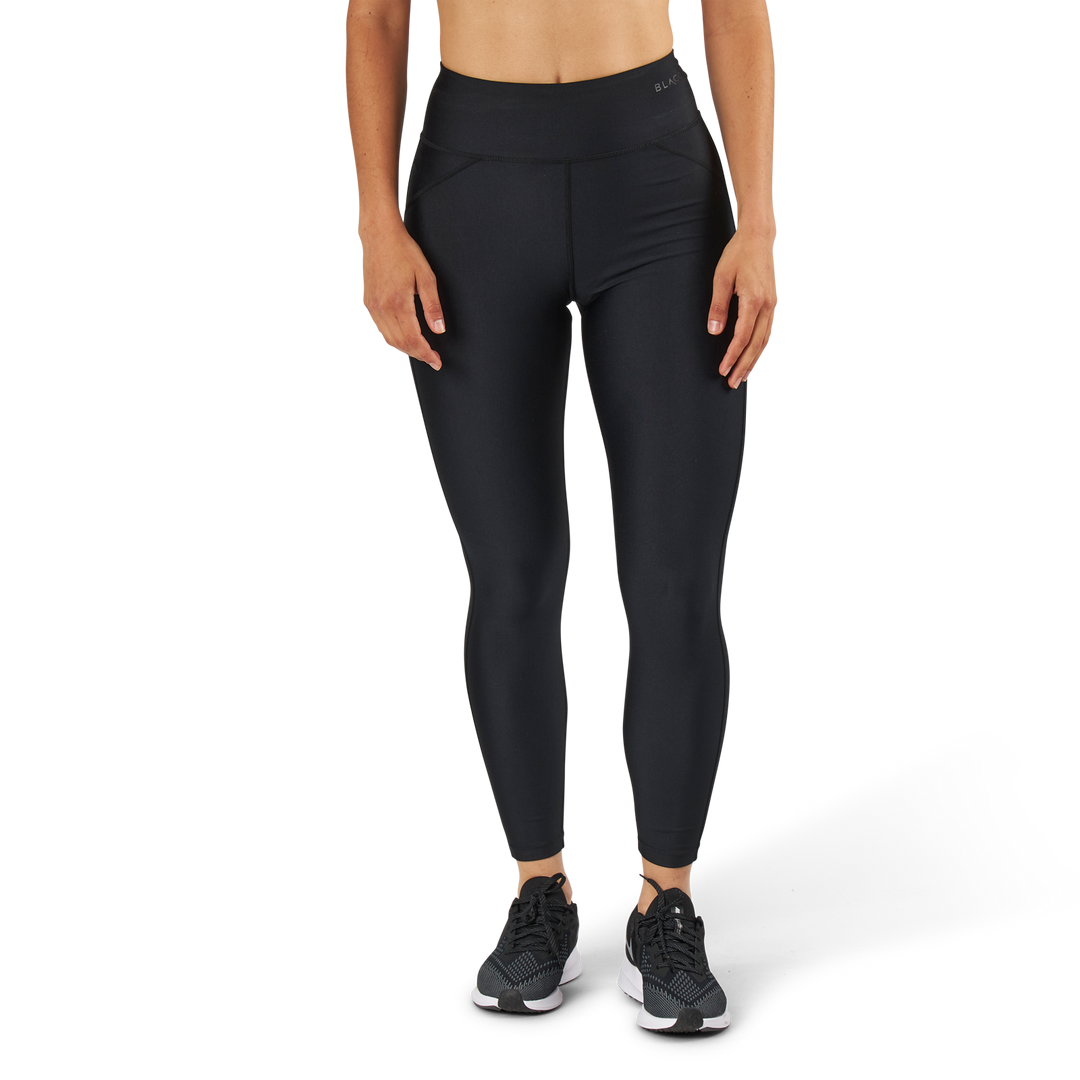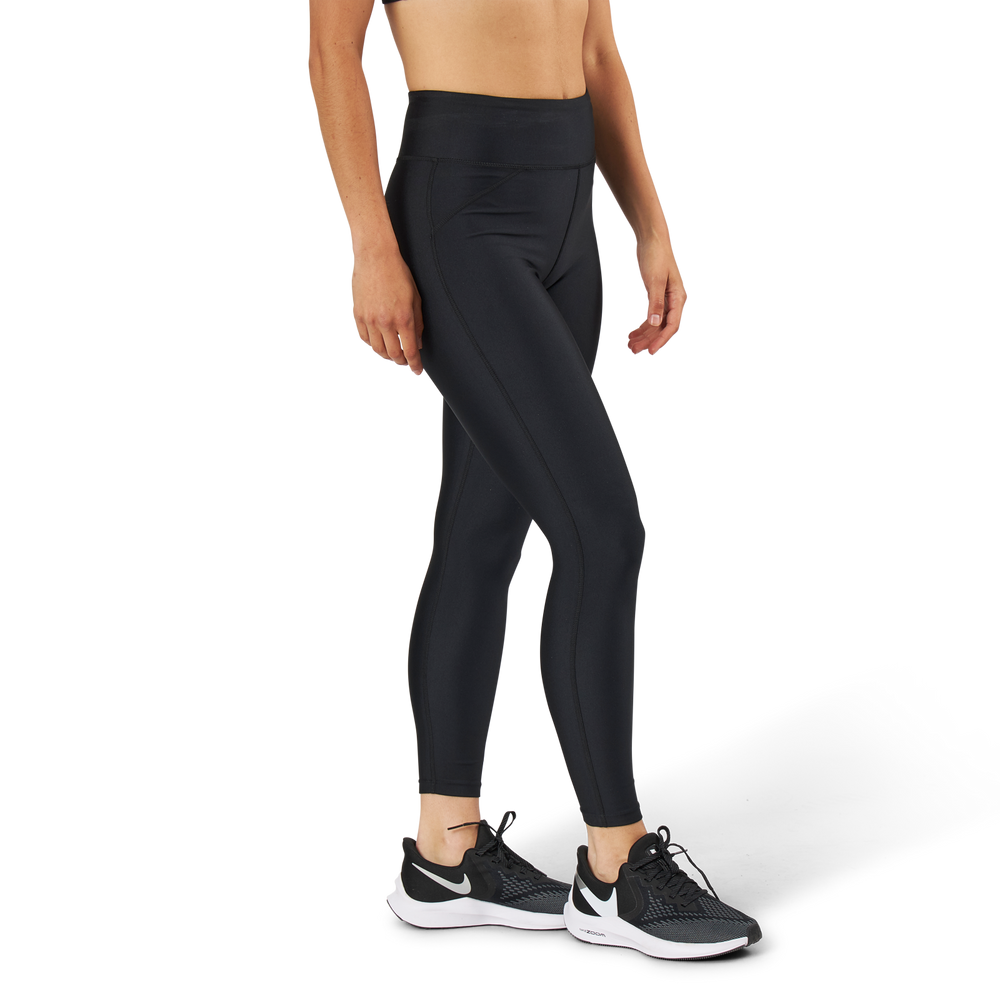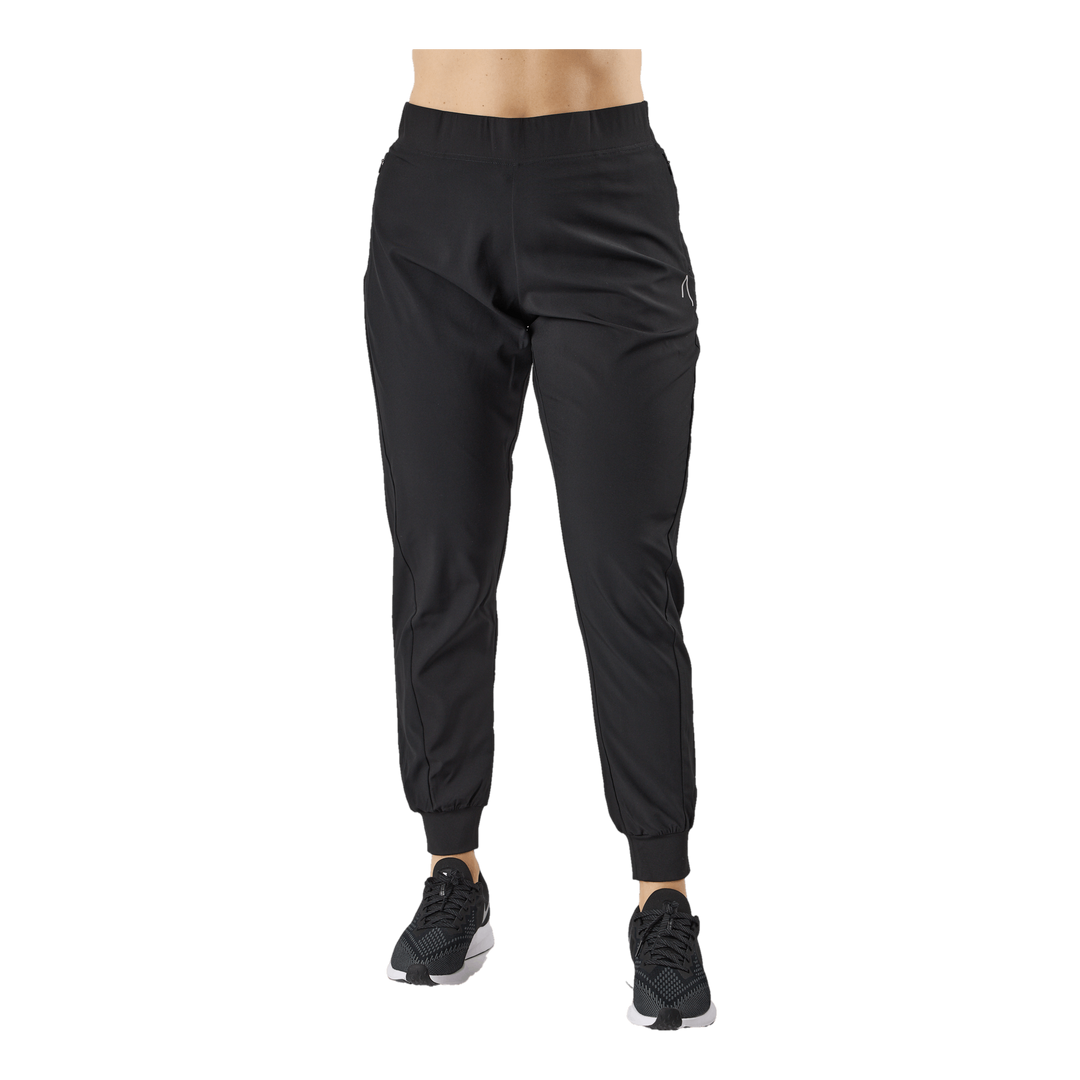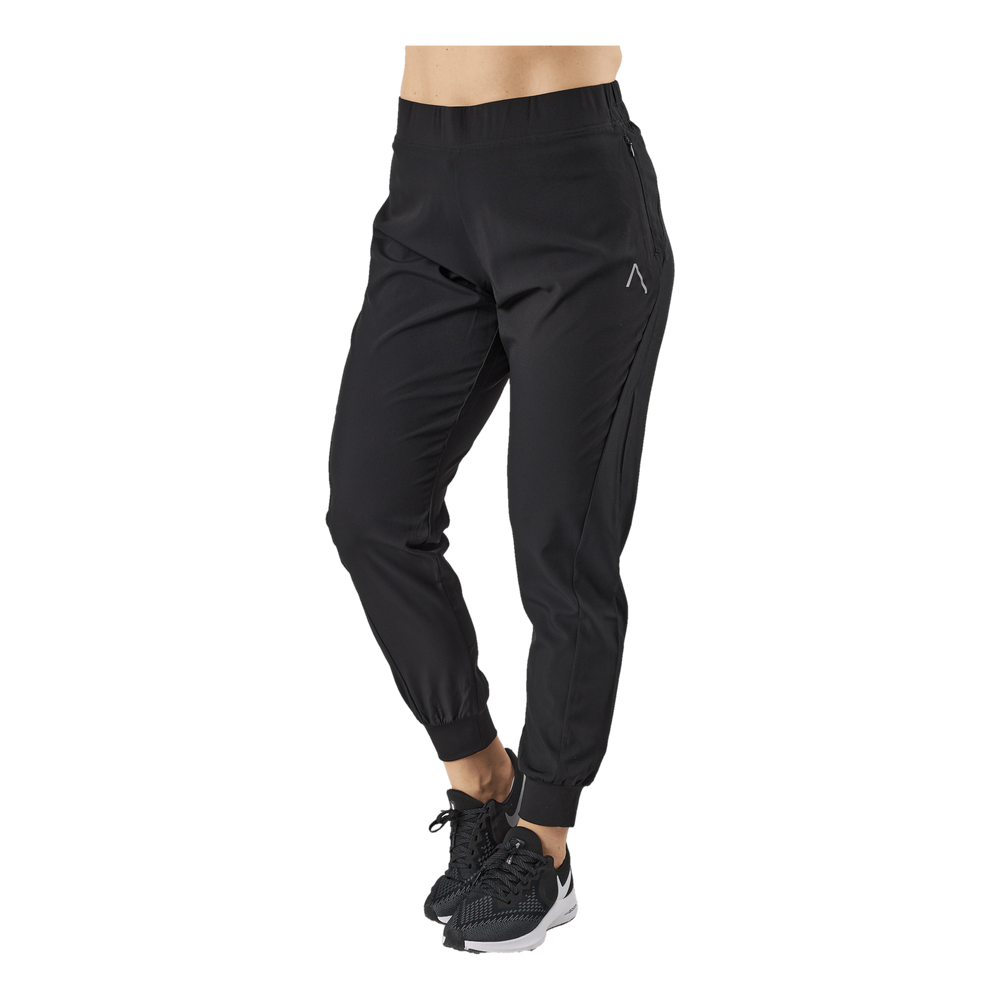
Functional Training: How to Build Strength, Mobility, and Endurance
What is Functional Training?
Functional training is about training the body as a whole instead of isolating individual muscles. By using exercises that engage multiple muscle groups simultaneously, functional training mimics the movements we make in everyday life – such as lifting, pushing, pulling, and twisting. This way, you build a strong, mobile, and well-balanced body that is ready for everything from heavy lifts at the gym to playing with children in the park.
Unlike traditional strength training with machines, functional exercises often utilize your own body weight as resistance. Equipment such as [[kettlebells]], medicine balls, [[resistance bands]], and [[TRX]] suspension trainers are also common elements. The training often takes place standing and with free weights, which challenges your balance and activates your core muscles in a completely different way than seated exercises.
Benefits of Functional Training
There are many good reasons to include functional training in your workout routine:
- Improves your body control, balance, and coordination
- Increases your strength and endurance in everyday activities
- Reduces the risk of injuries by building up supportive muscles
- Provides an effective full-body workout in a short time
- Increases your mobility and flexibility
- Contributes to better posture and reduced back pain
By training functionally, you simply become better equipped to handle all the demands of everyday life – whether you're an elite athlete or an active retiree. The training makes you stronger, more mobile, and more enduring in everything you do.
Fundamental Exercises in Functional Training
Although functional training can look very different depending on your goals and circumstances, there are certain basic exercises that form the backbone of most programs:
Squat
The squat is one of the most fundamental exercises in functional training. By bending your knees and lowering your butt toward the ground, you activate a large part of your body's musculature – including your legs, glutes, and core. Squats can be done with body weight, dumbbells, or a barbell for added resistance.
Lunge
The lunge is an excellent exercise for building leg strength, balance, and mobility. By stepping forward with one leg and lowering your body until both knees are bent at 90 degrees, you get an effective workout for the front and back of your thighs and glutes. Lunges can be varied in different directions to train your legs from all angles.
Push-ups
Push-ups are a classic exercise that strengthens your chest, shoulders, arms, and core. By placing your hands shoulder-width apart and lowering your body toward the ground, you work against your own body weight. Push-ups can be made easier on your knees or more challenging with your feet elevated to match your strength level.
Dips
Dips are an effective exercise for your triceps, chest, and shoulders. By raising and lowering yourself using a pair of parallel bars or a bench, you get a challenging upper-body workout. Dips can be done with bent or straight legs to vary the resistance.
Plank
The plank is a static exercise that strengthens your entire core musculature, including your abs, back, and hips. By holding your body straight like a plank with only your forearms and toes on the ground, you challenge your stability and endurance. The plank can be varied with side planks or dynamic movements for increased difficulty.
Getting Started with Functional Training
To get started with functional training, you really only need your own body and a little floor space. But to get the most out of your training, it may be worth investing in some basic equipment:
- [[Kettlebells]] – versatile weights that are well-suited for swing exercises and lifts
- Medicine ball – used for throws, strikes, and rotational exercises
- [[Resistance bands]] – practical rubber bands that add resistance to your movements
- [[TRX]] suspension trainers – a portable training tool that uses your own body weight as resistance
- Dumbbells – multifaceted weights that can be used for everything from bicep curls to lunges
Once you have the equipment in place, it's time to put together a training program. As a beginner, it may be wise to start with body-weight exercises and gradually add weights as you get stronger. Aim for full-body training 2-3 times a week, and feel free to complement it with cardio training such as running or cycling.
Regardless of what your program looks like, it's important to focus on quality over quantity. Perform the exercises with good technique and focus, and gradually increase the load to avoid injuries. Listen to your body and give it time to recover between sessions.
Summary
Functional training is an effective way to build a strong, mobile, and healthy body that can handle all of life's challenges. By integrating natural movement patterns into your training, you not only prepare yourself for the demands of sports but also for the everyday stresses of life.
So why not step onto the gym floor and give functional training a try? With the right exercises, equipment, and mindset, you'll soon be ready to lift, push, pull, and twist your way through whatever life has to offer. Functional training is simply training for life – in all areas of life.




